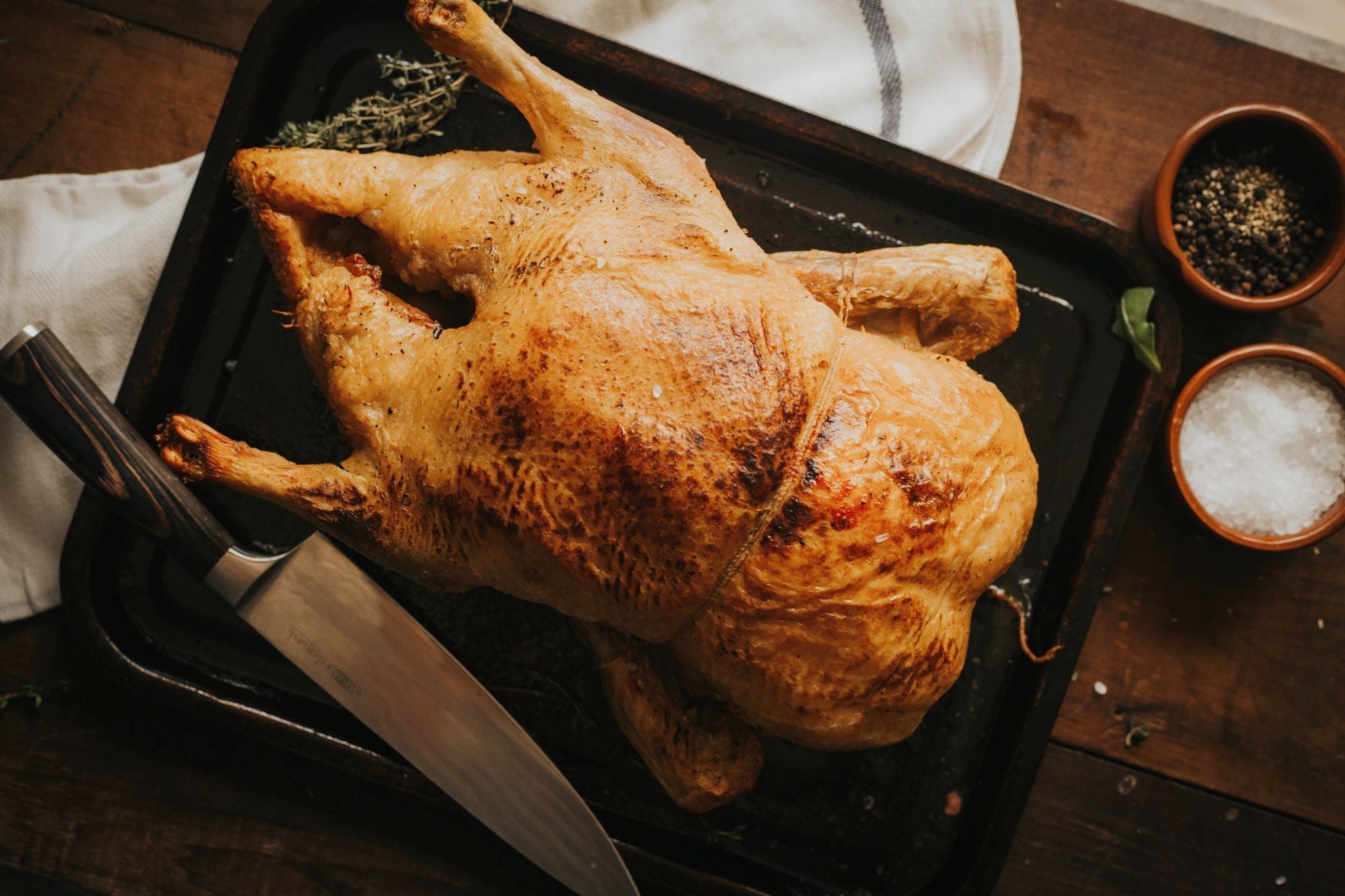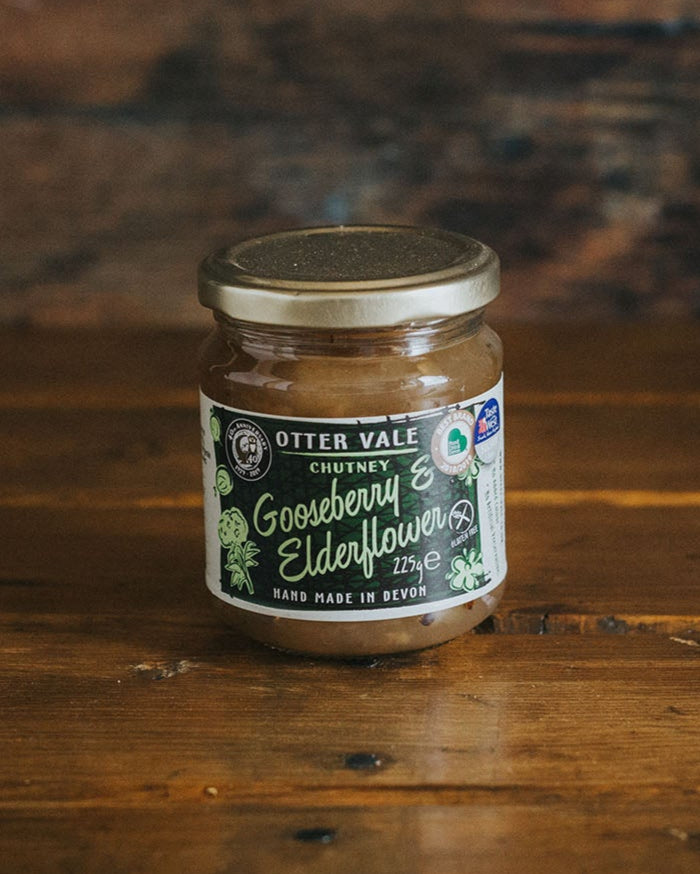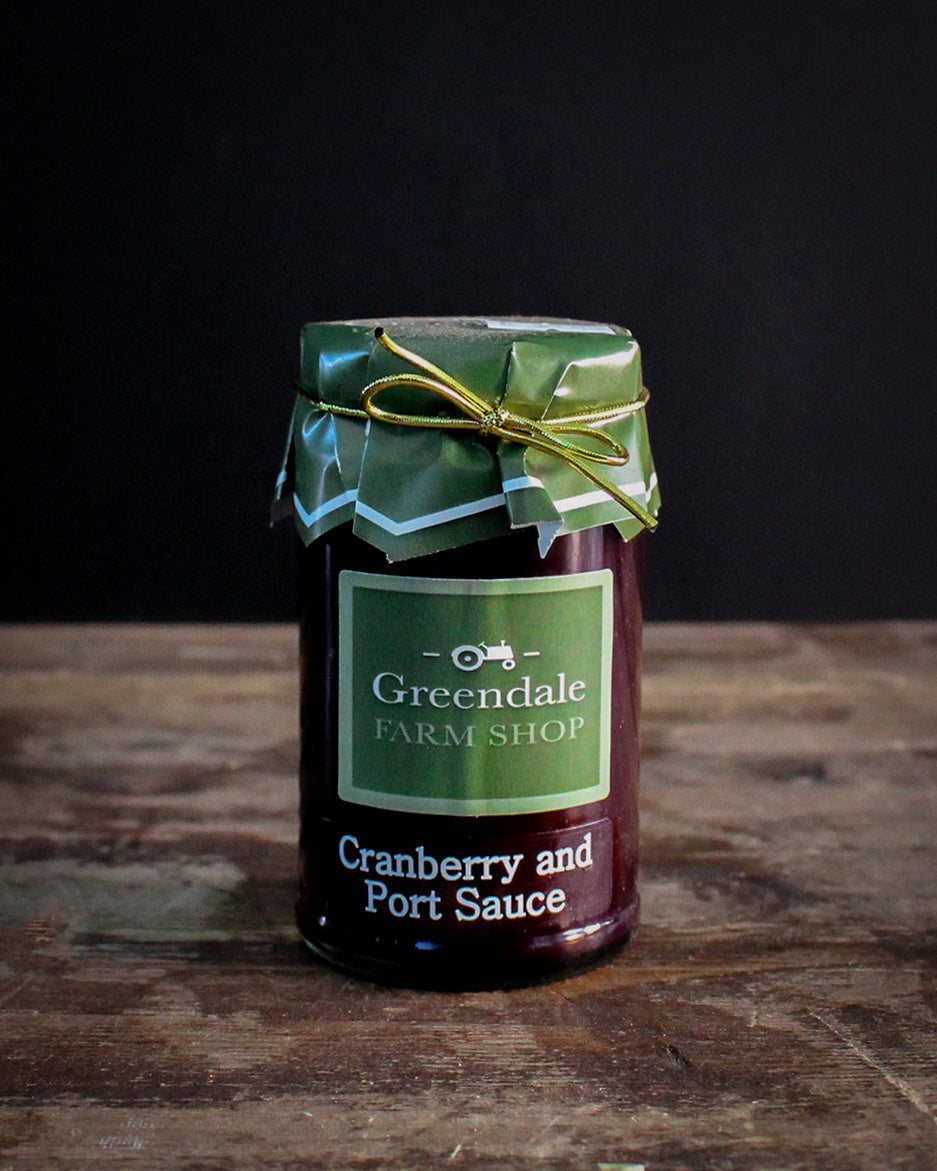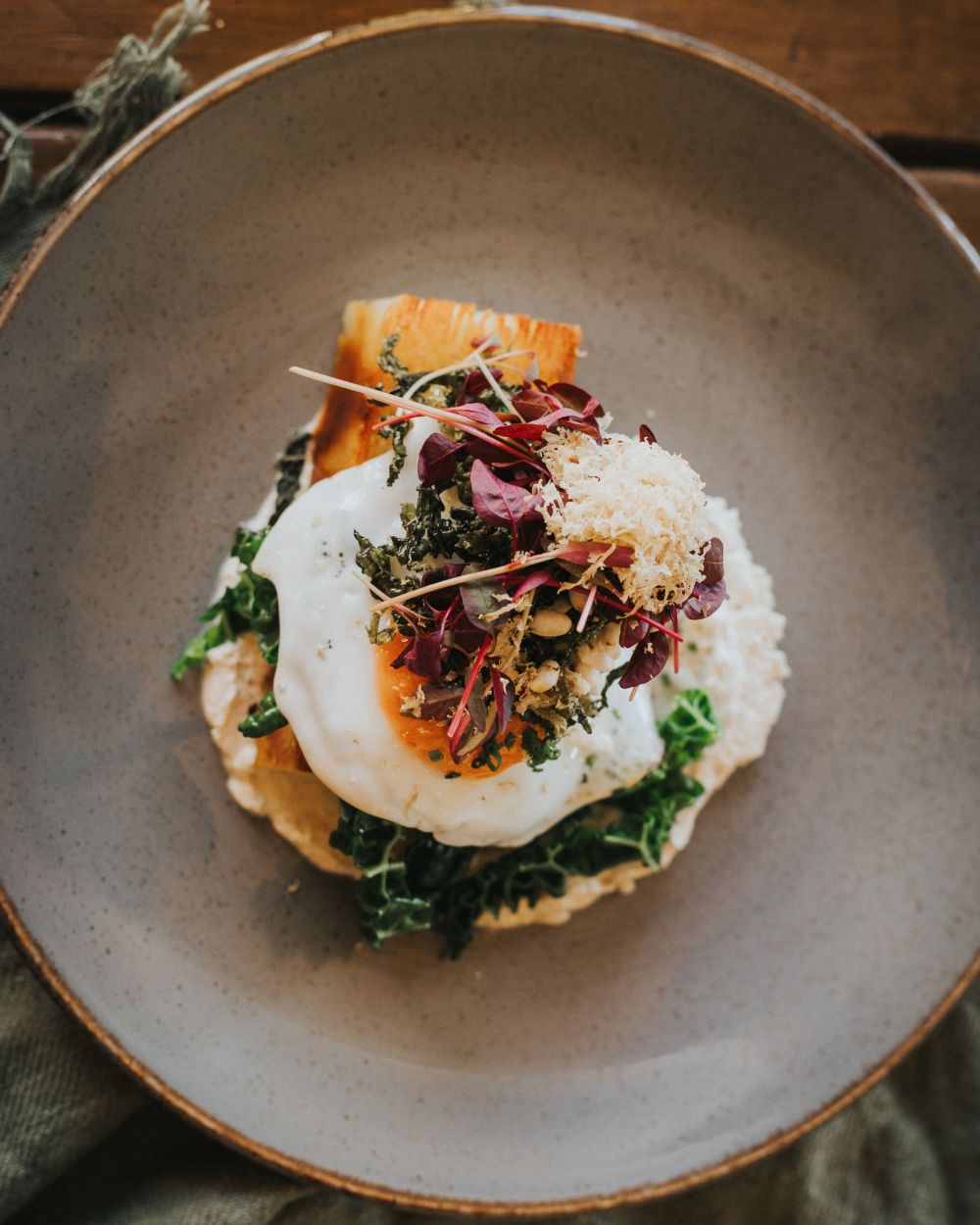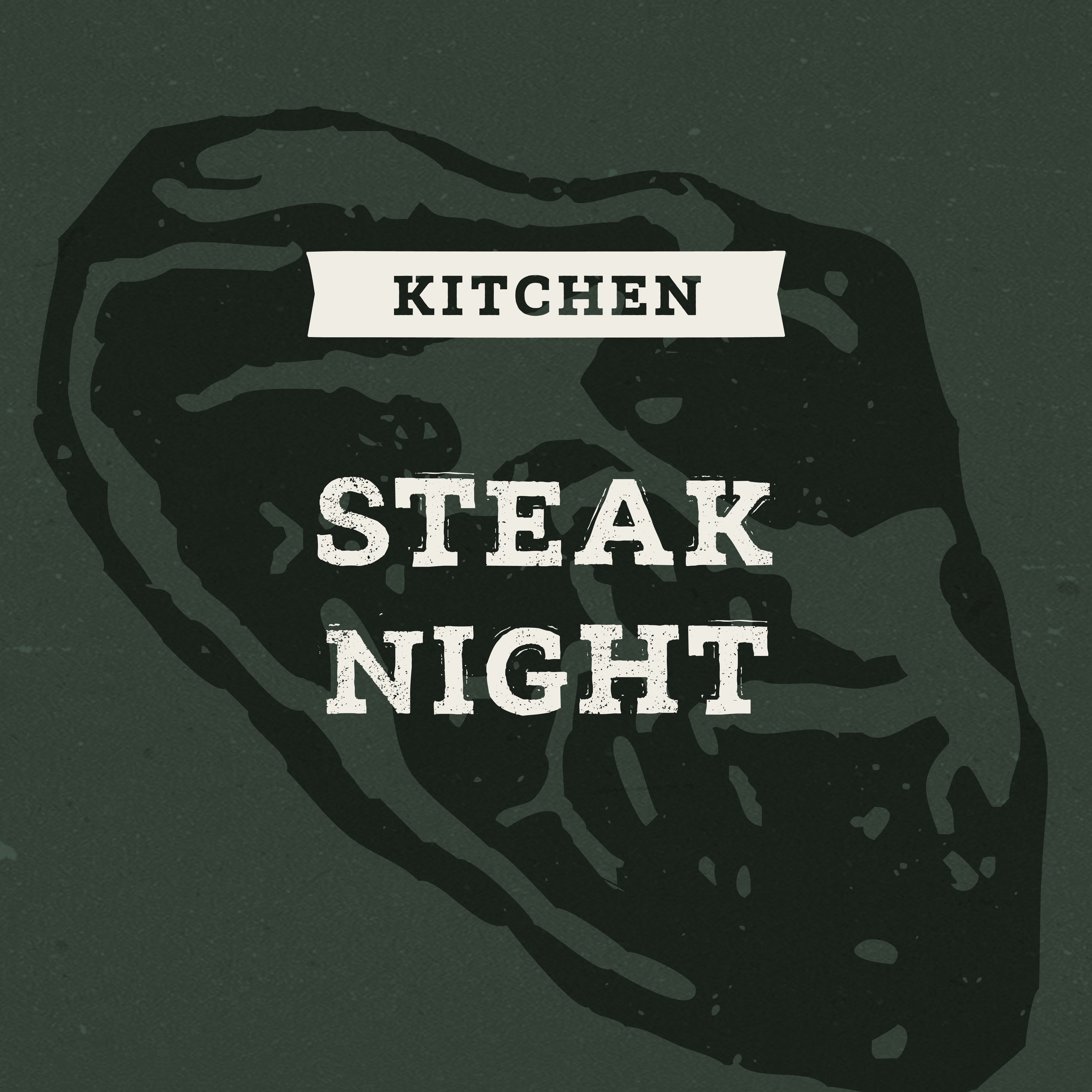Our Guide To Roast Goose
While we’re great fans of a traditional turkey at Christmas, there’s definitely something about a whole roast goose that feels special and out of the ordinary – we think it’s perfect for a celebratory meal with friends and family.
A Celebratory Dinner
While we’re great fans of a traditional turkey roast at Christmas, sometimes we like to break with modern tradition! In days gone by, goose was the Christmas bird of choice, and there’s definitely something about a whole roast goose that still feels special and out of the ordinary – we think it’s perfect for a celebratory meal with friends and family.
Choosing the Right Bird
Greendale Free-Range Whole Goose comes from our trusted local poultry suppliers Paul Edworthy, in nearby Ashburton, and Michael and Tim Leach, at Upton Pyne near Exeter. Treated with care and respect, their birds are fed a well-balanced natural diet that helps to give the meat its deliciously rich taste. We sell a range of whole-bird weights (all supplied with the giblets removed and packaged alongside), so you can choose the right-sized goose to feed all your guests! As a rough guide, our 4kg-4.5kg goose will serve 4 to 5 people; our 4.5kg-5kg goose serves 5 to 6; our 5kg-5.5kg goose serves 6 to 7; and a 5.5kg-6kg bird will serve 7 to 8.
Roasting the Goose
Well before you plan to cook the goose, remove it from the refrigerator and allow to come to room temperature. To cook, preheat the oven to 190°C (Gas Mark 4), then weigh the goose to calculate the cooking time needed - as an approximate guide, allow 20 minutes per 500g/1lb, plus a further 20 minutes. Put the bird in a large roasting tin, cover it with foil and place in the hot oven. Cook for the calculated time, removing the foil 30 minutes before the end of cooking, and use a spoon or turkey baster to put some of the juices back over the meat (see note about fat, below). The meat is cooked if the juices run clear when the thickest part of the bird is pierced with a clean skewer or sharp knife.
A note on fat:
As the goose roasts, it will produce a lot of fat. Reserved and refrigerated, goose fat is great stuff for cooking with (for many, goose fat is a non-negotiable when it comes to making perfect roast potatoes), but – like any hot fat – it is potentially dangerous, and may cause burns if not treated with utmost care. It is possible to use a large spoon to lift the fat carefully out of the roasting dish as the bird cooks, but we would advise using a turkey baster to take the fat out safely, transferring it to a lidded tub for safe storage in the fridge.
Rest Up
When the goose is cooked, cover it with foil and leave it to rest for at least 15 minutes, and up to 30 minutes if you can. Letting the bird rest like this allows time for the meat to become more moist, as all those juices redistribute themselves through the flesh – it also pays dividends in terms of making carving much, much easier, too.
Sauce for the Goose
Letting the goose rest after cooking gives you time to make gravy and put together any sauces you plan to serve with your bird. While many cooks will have a tried-and-trusted gravy recipe up their sleeves (this is where those packaged giblets come in handy), it can be a bit trickier to decide on the best sauce; as a rule, tangy, sweet/sharp sauces and condiments tend to partner really well with goose, cutting through the richness of the meat and enhancing its deep savouriness. Sounds odd, but we’ve found that some of the things we like to eat with oily fish also work a treat with goose – specifically, the tartness of a gooseberry chutney (try Otter Vale’s Gooseberry & Elderflower Chutney) or our own Plum & Port Chutney. Traditionally, Cumberland Sauce was served with roast goose; made with redcurrant jelly, citrus and spice, it’s a simple, much-loved recipe that dates back to the 19th century. To make your own, place the zest of one orange and one lemon in a pan, then add 250ml redcurrant jelly, 60ml of juice from the orange, 60ml port or red wine, 1 tsp Dijon mustard and a generous pinch each of ground ginger and ground cinnamon. Place over a medium heat, stirring to combine, then bring to a gentle simmer, cooking for 5 minutes until thickened slightly. Season to taste with salt and pepper, then set aside until needed. (If you don’t fancy making your own sauce, seasonal favourite Cranberry Sauce is a surefire winner!)
Carve & Serve
When the gravy, sauce and your chosen accompanying veg are ready, it’s time to carve and serve the goose. Place it on a carving board and have a large serving platter ready. First, remove the bird’s legs and wings; using a carving knife, cut the skin between the leg and body. Bend each leg to find the joint, then slice through the joint to separate the leg from the thigh. To remove the wings, slice down through the joints where they are attached to the body. The legs and wing pieces can be served as they are, or cut into smaller pieces, as preferred. To carve the breast meat, carefully turn the goose breast-side up. Cut down one side of the breastbone, following the shape of the ribs, then make a horizontal cut to remove the meat from the carcass. Repeat on the other side, aiming to keep the slices as even as you can. Arrange the meat on the serving platter and place in the centre of the table for guests to help themselves.

